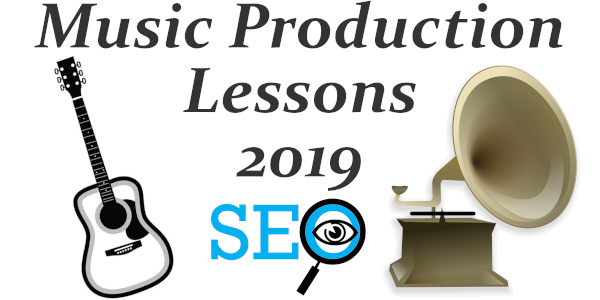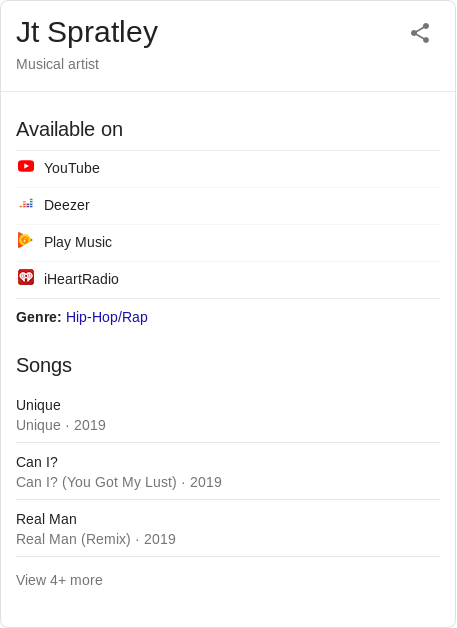Music Production Lessons Learned 2019-1-Archive-1

First published on May 4, 2020
I learned some really important music production lessons in 2018. I spent most of 2019 continuing to release extended plays (EPs) that show my versatility and blogging about them here:
- Can I? (You Got My Lust) and a Chopped & Screwed version
- Unique
- 2015 (Big Change Coming)
Then I decided to work on my first album, a compilation of tracks that, as I said in the introduction track:
Covers my past 11 years. I touch on a serious relationship, the end of it, fun stuff, and reflection. Then, a few experimental instrumentals.
I redid Chill49-80 afterwards before Christmas.
Here are some music production lessons learned while working on my first album – 1-Archive-1.
Lead with the story
As stated above, the album leads with the story in the intro. It’s the first lesson from my music production lessons in 2018 blog. I wanted to set the expection as progression in life, not quality production for my skills in 2019. Many tracks on this album were just better arranged, then mixed and mastered.
After four songs, there’s a short interlude before four old instrumentals with, from the intro, “elements from my current style, including acoustic instruments and vocal effects.” They offer a preview of where I am now. Speaking of instruments…
Acoustic Instruments Are More Fun
Many of us know acoustic instruments have major advantages over virtual instruments (VSTs):
- Realistic velocity without programming
- Realistic syncing instead of grid-locked quantized notes
- Slight changes in tone, attack, decay, sustain, and release from mic position and how notes are played
They all affect each other without adding effects. I’m no skilled instrumentalist, but I prefer the sound of note sweeps on the bass guitar in Love or Lust over my VSTs with monophonic settings.
Having a real kalimba on Special Tines (get the reference?) was great because of the amount of variation possible between each note. Some plucks are softer while others are harsh with the harshness of the fingernail striking the tine. Sliding fingers across sound holes create an authentic, subtle wah sound on the release.
These all help progress an arrangement with constant change.
Singles Vs. Albums Music Distribution
I asked a few music distributors about the requirements for an album because an album is viewed differently than an EP. General requirements for an album are 10+ tracks over 30 minutes total length. Anything shorter is an EP. A long play (LP) is a physical product, which is why it’s not used in album titles. This, along with my current reading, got me thinking.
A single is obviously easier to release. Releasing singles every other month creates more opportunities to show in “New” sections in music stores and benefit from fear of missing out (FOMA). The biggest downside here is coming up with new album art in GIMP or Krita.
An album shows deeper dedication to a core concept. Multiple tracks released at once equal multiple chances to gain another play and fan. The problem here is seeming inactive in a fast-paced society with a latest release 6 months ago. That’s the first thing Apple Music shows. Balance is key.
Install FL Studio on Linux
I’m not at the point of using only Linux and open source software to record a whole album, but this is progress. Ardour, LMMS,and QTractor are great open source digital audio workstations (DAWs) but I need to focus on what I have now. I don’t want to prioritize exporting MIDI files (more historic than I thought) .A streamlined workflow is most important.
Search Engine Optimization (SEO)

After learning so much about SEO at work, I got curious about how to make my music easier to find. I learned how to create a schema for search engines. These panels show up beside search engine results for public figures and corporations. It’s easy to do within a website index file head section or WordPress. There are guides for Bandzoogle, SquareSpace, and likely other content management systems (CMSs).
I cover SEO deeper in my Web Development Improvements in 2019 blog.
Listen to 1-Archive-1 on YouTube, Spotify, and more. Or learn the background behind each track on the album:
- Real Man
- On Da Beach
- Love or Lust
- Nearest Bakery
- Special Tines
- Chilled Bandage Smiley
- Barracks Night (Ambient Version)
- [No More] Memory Lane
Tags: music-production, music, IT


